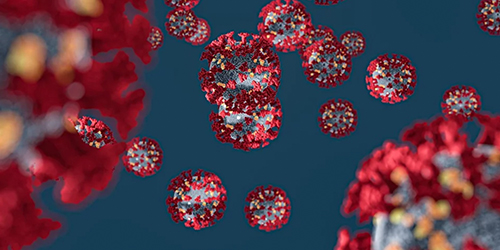Overview Introduction Workflows Published Data Related Products Related Tests Protocols Features Q&A Resources
Overview of Complement Factor B Functional Test
Regulation of complement system activity holds paramount significance in maintaining organismal homeostasis, relying upon the dynamic assembly and disassembly of pivotal convertase complexes.
Complement factor B (FB), a pivotal 95-kDa protein, assumes a critical role as a catalytic component within the context of the alternative pathway (AP) of the complement system. The enzymatic activation turns C3 into C3b. Subsequently, FB binds to surface-bound C3b, leading to the formation of the pro-convertase, C3bB. Upon binding to C3b, FB becomes susceptible to proteolytic action by factor D. The enzymatic cleavage by factor D eradicates the pro-peptide fragment Ba (residues 1-234) and engenders the active yet labile convertase, C3bBb. This assemblage comprises C3b and the protease fragment Bb (residues 235-739), thereby inducing an amplification loop within the complement response. This cascade of events culminates in the cleavage of C5 into C5b, perpetuating the progression of the complement response.
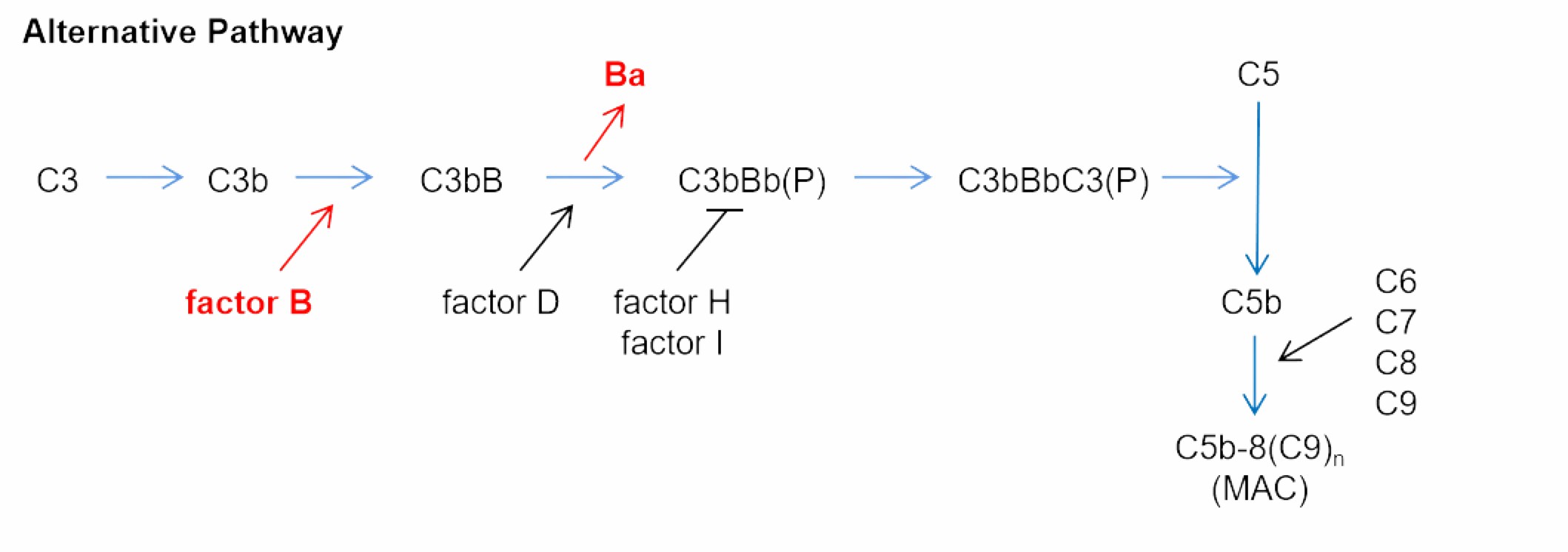 Fig.1 Activation of the alternative pathway of complement.
Fig.1 Activation of the alternative pathway of complement.
Introduction of Complement Factor B Functional Test
Why get tested?
The complement system has been predominantly perceived as the foremost safeguard against microbial invaders. Nevertheless, a novel outlook has emerged, an array of investigations has illuminated the complicity of complement in the pathogenic orchestration across immune responses, inflammation, neurodegeneration, ischemia, and age-related disorders.
Presently, it is universally acknowledged that the ubiquity and activation of complement hold a pivotal stance in the etiology of an extensive spectrum of diseases. For example, mounting evidence now underscores the participation of FB in ocular angiogenic disorders.
What is being tested?
The assessment of FB formation in conjunction with other influencing factors was conducted through a combination of Surface Plasmon Resonance (SPR) and Enzyme-Linked Immunosorbent Assay (ELISA). Additionally, single-particle electron microscopy and subsequent image processing were employed to scrutinize the structural conformations between FB and the provided samples.
In the course of the analysis, samples furnished by our esteemed clients, exhibiting varying concentration gradients, will undergo rigorous testing. To ensure accuracy and reliability, suitable positive and negative control samples will be meticulously integrated into the experimentation process. Kindly indicate the precise concentration and volume of the samples when dispatching them to our facility.
Which method is commonly used?
Semi-quantitative enzyme-linked immunosorbent assay (ELISA);
Surface plasmon resonance (SPR) technology;
Electron microscopy and three-dimensional reconstruction.
Workflow of Complement Factor B Functional Test
ELISA
Creative Biolabs proposes conducting the complement FB functional assay utilizing the sandwich principle through Enzyme-Linked Immunosorbent Assay (ELISA). This approach offers enhanced convenience and intuitive analysis. Moreover, the incorporation of appropriate positive and negative controls will be ensured.
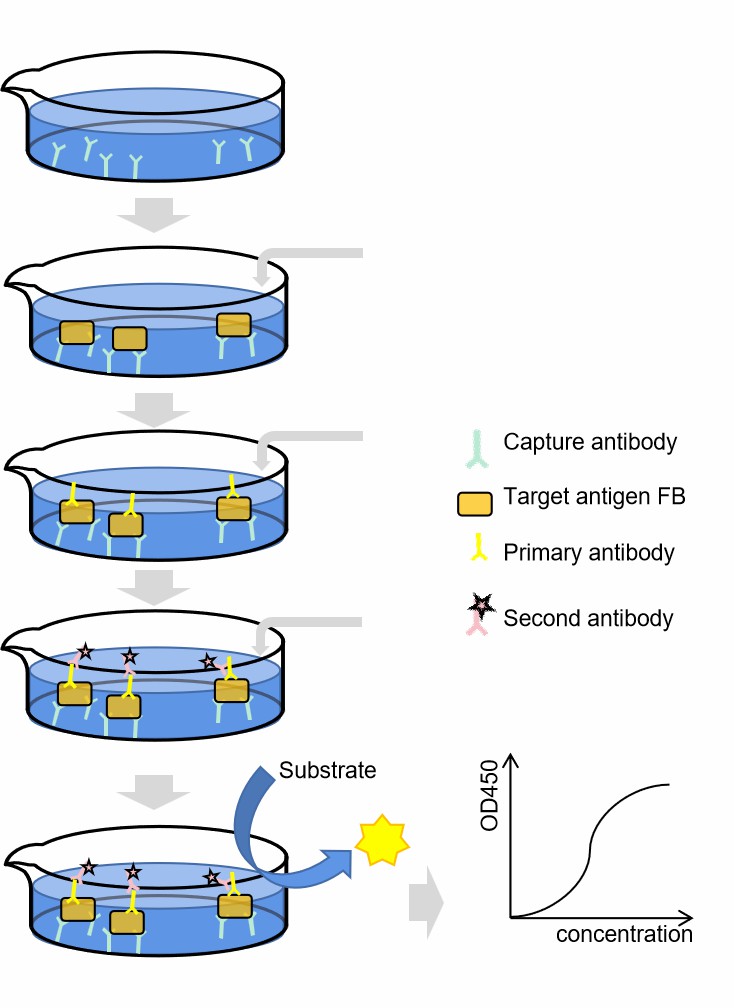 Fig.2 Workflow of Complement FB ELISA.
Fig.2 Workflow of Complement FB ELISA.
SPR
Creative Biolabs advocates the execution of the complement FB functional assay utilizing SPR technology. This method yields outcomes that facilitate the evaluation of activity interactions between FB and test substances, serving as a crucial metric for the assessment of the active ingredient titers in pharmaceutical formulations.
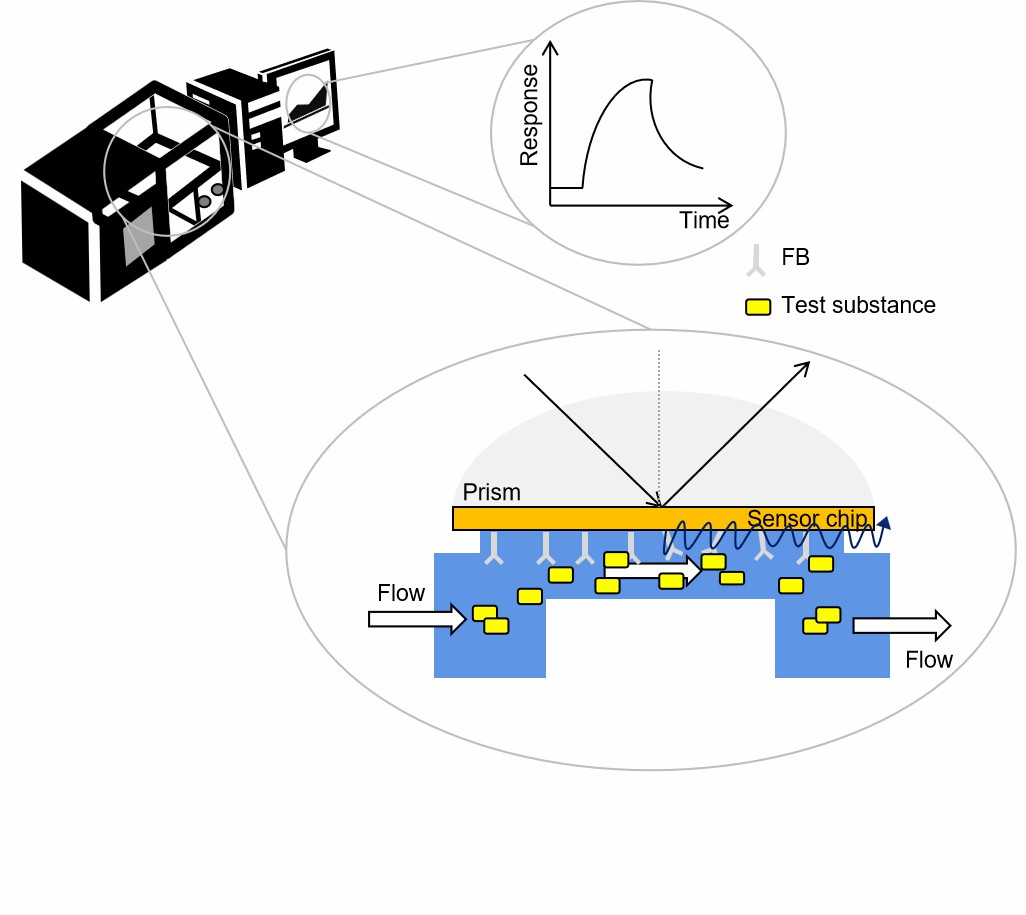 Fig.3 Workflow of complement FB SPR.
Fig.3 Workflow of complement FB SPR.
Electron microscopy and three-dimensional
Creative Biolabs employs a comprehensive workflow of electron microscopy reconstruction techniques for detailed structural analysis.
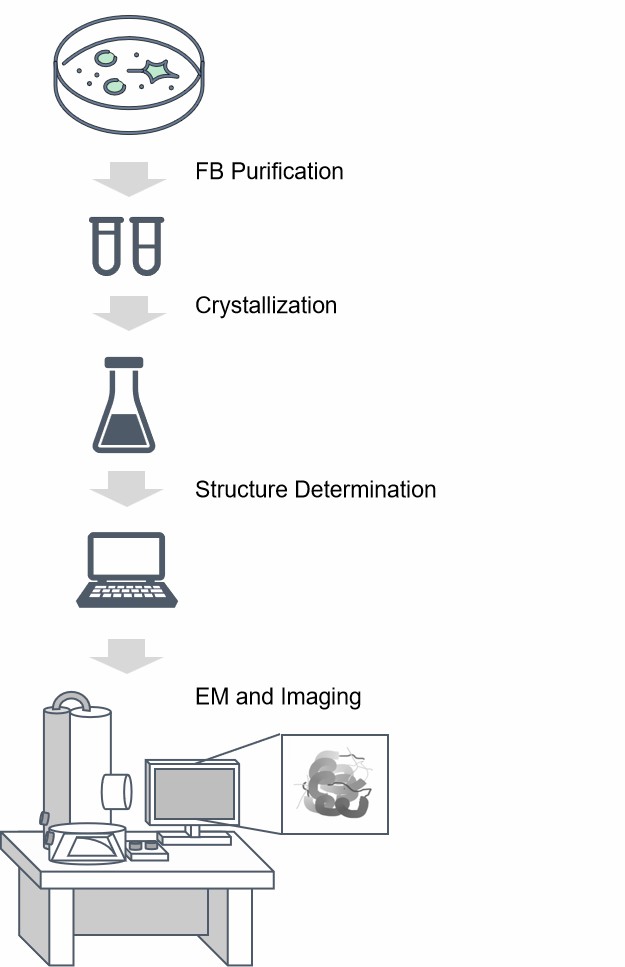 Fig.4 Workflow for three-dimensional structural analysis using electron microscopy.
Fig.4 Workflow for three-dimensional structural analysis using electron microscopy.
Published Data
Presented are findings showcased within articles pertaining to complement FB functional testing:
1. ELISA & SPR analysis
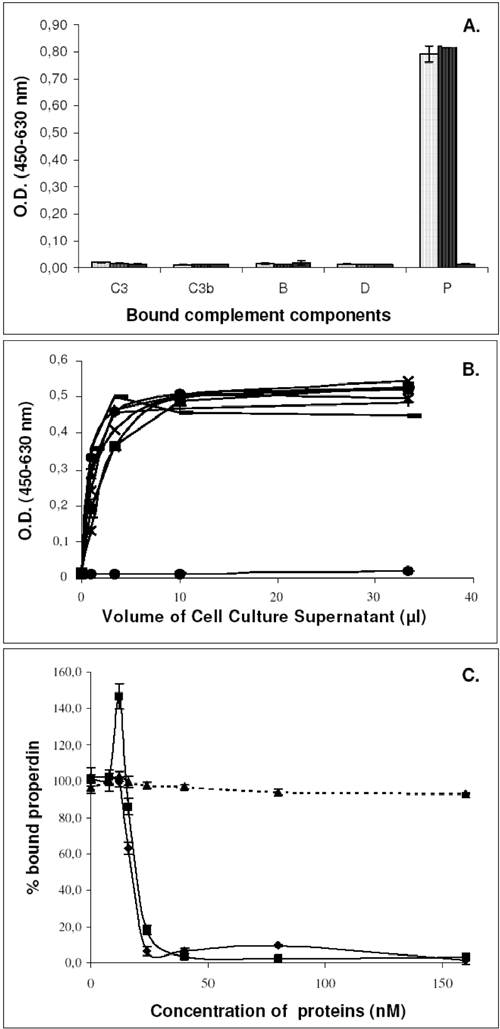 Fig. 5 ELISA analysis.1, 3.
Fig. 5 ELISA analysis.1, 3.
2. Electron microscopy and 3D reconstruction.
 Fig. 6 Factor B structure.2, 3
Fig. 6 Factor B structure.2, 3
Related Products
Featured Services

|
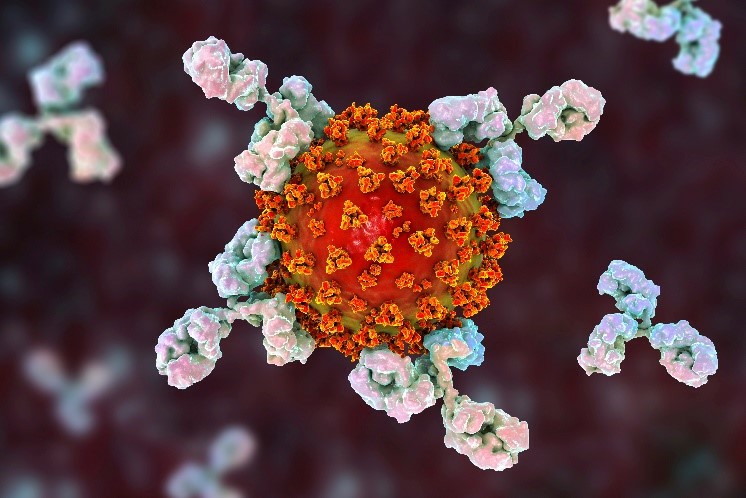
|
|
Total Complement Activity Test
|
C1q-Binding Assays
|
|
Creative Biolabs offers total complement activity test services for our clients. Total complement activity tests include CH50, AH50, and LP50.
|
Creative Biolabs offers high-quality C1q-binding assays for the characterization of therapeutic mAbs.
|
|
Learn more
|
Learn more
|
Protocols
Why Choose Creative Biolabs?
Creative Biolabs stands poised to be your dependable and credible collaborator, distinguished by:

Various Assays
Related products and functional assays for complement factor B

Tailor-made services
Tailored one-stop assay services aligned with your specifications.

Expert Team
Expert scientific team with years of experience in complement products and services.

Service Foremost
Commitment to prioritizing quality and customer-centric approach.
Resources
Creative Biolabs, as a leading R&D service provider, offers a robust complement assay platform supporting complement research, including customized factor B functional tests for enhanced drug discovery in this field. For further details, we invite you to contact with us.
References
-
Couvreur, Bernard, et al. "Variability and action mechanism of a family of anticomplement proteins in Ixodes ricinus." PloS one 3.1 (2008): e1400.
-
Hourcade, Dennis E., and Lynne M. Mitchell. "Access to the complement factor B scissile bond is facilitated by association of factor B with C3b protein." Journal of Biological Chemistry 286.41 (2011): 35725-35732.
-
under Open Access license CC BY 4.0, without modification
Questions & Answer
A: Complement factor B is a protein that plays a critical role in the complement system, which is a part of the immune system. It is involved in the activation of the alternative pathway of complement activation, which helps to identify and eliminate foreign pathogens, such as bacteria, viruses, and other harmful substances.
A: There are several methods used to perform a complement factor B functional test, including enzyme-linked immunosorbent assay (ELISA), hemolytic assay, and flow cytometry. These tests measure the ability of complement factor B to bind to target cells and initiate the complement cascade.
A: Abnormal complement factor B functional test results can be associated with a variety of disorders, including complement deficiencies, autoimmune diseases, infections, and inflammatory conditions. Some specific examples include atypical hemolytic uremic syndrome, systemic lupus erythematosus, and meningococcal infections.
A: Samples such as serum or plasma containing complement factor B can be utilized for this test. These samples are typically obtained from experimental models or human subjects, depending on the research objectives. Results from this test can provide insights into the functionality of the complement system, particularly the alternative pathway.
A: One advantage is its ability to directly assess the functionality of complement factor B in a controlled experimental setting, providing quantitative data on its activity. Additionally, the test offers flexibility for customization and can be integrated into various experimental workflows.
A: The test demonstrates high sensitivity, capable of detecting subtle changes in complement factor B activity even at low concentrations. This sensitivity ensures accurate quantification and robust evaluation of the protein's functional properties in experimental settings.
For Research Use Only.
Related Sections:

 Fig.1 Activation of the alternative pathway of complement.
Fig.1 Activation of the alternative pathway of complement.
 Fig.2 Workflow of Complement FB ELISA.
Fig.2 Workflow of Complement FB ELISA.
 Fig.3 Workflow of complement FB SPR.
Fig.3 Workflow of complement FB SPR.
 Fig.4 Workflow for three-dimensional structural analysis using electron microscopy.
Fig.4 Workflow for three-dimensional structural analysis using electron microscopy.
 Fig. 5 ELISA analysis.1, 3.
Fig. 5 ELISA analysis.1, 3.
 Fig. 6 Factor B structure.2, 3
Fig. 6 Factor B structure.2, 3






